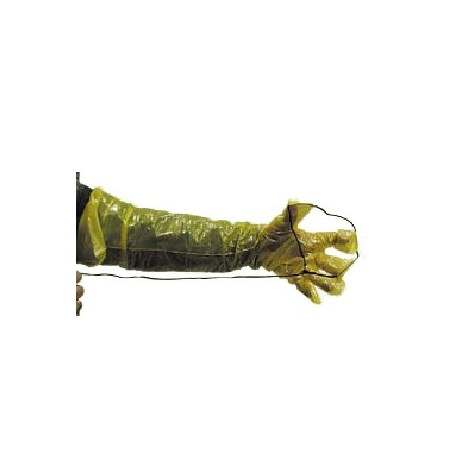Absorption of colostral proteins ingested by neonatal piglets within 24 to 36 h after birth is generally considered to be non-selective. Nevertheless, the transfer of colostral proteins, except immunoglubulins, from gut to bloodstream after natural suckling is still poorly characterized. The objectives of this study were to characterize the major proteins in porcine neonatal plasma and to determine the changes that occur in plasma protein profiles in piglets after natural suckling.
To determine the changes in plasma protein profiles after natural suckling of neonatal piglets, the plasma of 9 piglets from 3 sows (3 piglets/sow) was studied using 2D SDS-PAGE. Blood samples were collected right after the birth and again at 24 h after suckling the dam. The whole plasma and the plasma with immunoglobulins removed were subjected to 2D SDS-PAGE. Electrophoretic patterns of paired plasma samples pre- and post-suckling, with and without immunoglobulin removal were compared.

The changes in 2D SDS-PAGE protein profiles of post-suckling, compared with pre-suckling whole plasma samples, were dominated by the presence of protein spots located in ~ 50 and 25 kDa region, which represent high and low molecular weight chains of colostral immunoglobulins absorbed after suckling. Two additional protein spots increased prominently after suckling. In plasma samples that were subjected to protein-A affinity chromatography to remove immunoglobulins and increase the detection limit, the concentration of immunoglobulins was considerably decreased, but not eliminated, from post-suckling plasma. The immunoglobulin removed from the plasma was composed of 2 groups of protein spots in 2D PAGE, namely, the 50 kDa group (isoforms of immunoglobulin heavy chain) and the 28 to 31 kDa group (isoforms of immunoglobulin light chain). Comparison of 2-dimensional electrophoretic pattern of immuno-globulin-removed plasma revealed 4 additional protein spots (or groups of spots) that increased prominently after suckling. All 4 spots contained fragments of albumin, while one of these, spot 8, contained both albumin and haptoglobin.
In this study, only immunoglobulins, apolipoprotein A-IV, and albumin were increased in neonatal porcine plasma after suckling. The absorption of colostral immunoglobulins by neonatal piglets had been well characterized previously and was expected in this study. However, since neonatal absorption of ingested proteins was considered to be non-selective, we were surprised by the fact that other colostral proteins (caseins, lactoglobulin, lact-albumin) were not absorbed in detectable amounts together with immunoglobulins and that only a few non-immunoglobulin proteins (albumin, haptoglobin, apolipoprotein A-VI) had increased moderately in concentration in plasma from piglets after suckling. The increase of haptoglobin after suckling in this study is thus not likely to be the result of protein absorption, but may be due to increased hepatic synthesis. The increase in apolipoprotein A-IV in plasma of piglets after suckling was considered to be a consequence of increased hepatic production, because the synthesis of apolipoprotein A-IV was reported to be up-regulated by lipid absorption, and because its concentration is not detectable in Coomassie-stained 2D SDS-PAGE gels of porcine colostrum.
In conclusion, based on comparison of Coomassie-stained 2D SDS-PAGE gels of pre-suckling and post-suckling neonatal porcine plasma, immunoglobulins were the only proteins unequivocally demonstrated to be absorbed from colostrum. The absorption of other colostral proteins was either equivocal or not detectable by the methods used in this study. These results suggest that, unlike immunoglobulins, other major proteins in porcine colostrum may not be absorbed into systemic circulation and utilized in their intact forms in substantial amounts.
Yanyun Huang, Douglas J. Olson, John R. Gordon, Dorothy M. Middleton, and Elemir Simko. Plasma protein profiles of neonatal pigs before and after suckling. Can J Vet Res. 2012 January; 76(1): 1?7.





